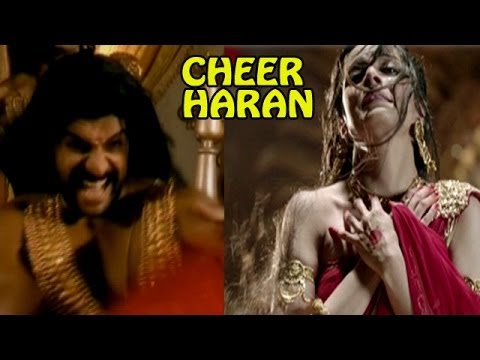


Regional versions Many regional versions of the work developed over time, mostly differing only in minor details, or with verses or subsidiary stories being added. This work is sometimes called the 'Pune' or 'Poona' edition of the Mahabharata. This is the text that is usually used in current Mahābhārata studies for reference. Versions, translations, and derivative works Critical Edition Between 19, scholars at the, compared the various manuscripts of the epic from India and abroad and produced the Critical Edition of the Mahabharata, on 13,000 pages in 19 volumes, followed by the Harivamsha in another two volumes and six index volumes. A miniature painting from a 16th-century manuscript of part of the Razmnama, a translation of the Mahabharata After 'seeing' the carnage, who had lost all her sons, curses Krishna to be a witness to a similar annihilation of his family, for though divine and capable of stopping the war, he had not done so.Ī long discussion ensues between the siblings, establishing criteria like proportionality (chariots cannot attack cavalry, only other chariots no attacking people in distress), just means (no poisoned or barbed arrows), just cause (no attacking out of rage), and fair treatment of captives and the wounded. Gandhari, blindfolded, supporting Dhrtarashtra and following Kunti when Dhrtarashtra became old and infirm and retired to the forest. At the end of the 18-day battle, only the Pandavas, and Krishna survive.

Though initially sticking to chivalrous notions of warfare, both sides soon adopt dishonourable tactics. Before the battle, Arjuna noticing that the opposing army includes his own kith and kin, including his great grandfather and his teacher, has grave doubts about the fight and falls into despair.At this time,Krishna reminds him of duty as a to fight for his just cause in the famous section of the epic. Krishna takes part in a non-combatant role, as charioteer for Arjuna.


 0 kommentar(er)
0 kommentar(er)
